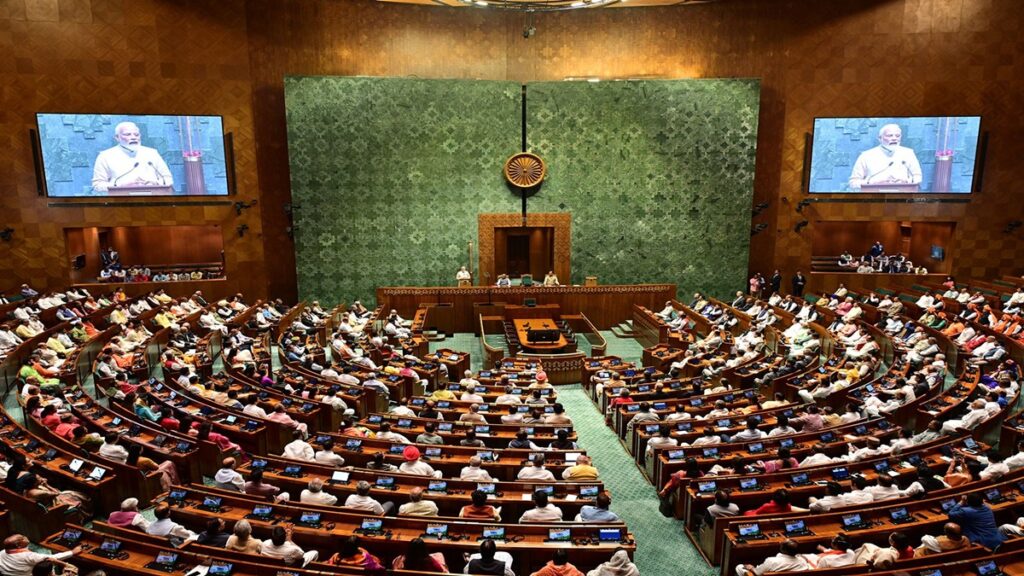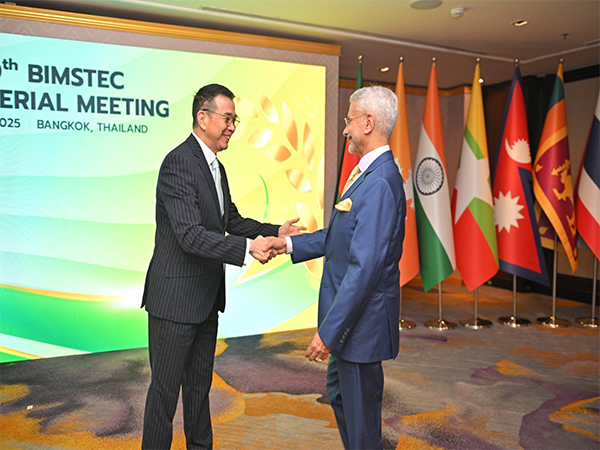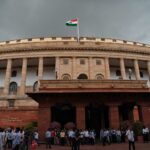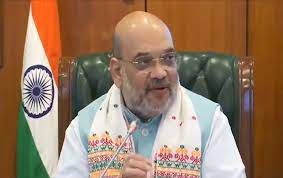Unemployment rate drops to 3.2% in 2022-23 as Indian labour market improves: Economic Survey

The Economic Survey 2023-24, presented in Parliament on Monday by Union Finance Minister Nirmala Sitharaman, highlights a notable transformation in India’s employment landscape, driven by economic reforms, technological advancements, and a focus on skill development. The PLFS data indicates a declining trend in the all-India annual unemployment rate for persons aged 15 years and above since the COVID-19 pandemic, alongside an increase in the labour force participation rate (LFPR) and worker-to-population ratio (WPR).
The survey points out that female workforce participation has shifted towards self-employment, contributing to the sharp rise in female LFPR over the past six years. This trend is largely attributed to rural women engaging in agriculture and related activities
Youth and Female Employment
The Economic Survey notes a significant rise in youth employment, with the youth unemployment rate (ages 15-29) dropping from 17.8% in 2017-18 to 10% in 2022-23. The majority of new subscribers to the EPFO payroll fall within the 18-28 age group.
Additionally, the survey emphasizes the rising female labour force participation rate (FLFPR) over the past six years. Factors contributing to this increase include continuous high growth in agricultural output and the expanded access to basic amenities such as piped drinking water, clean cooking fuel, and improved sanitation, which have freed up women’s time for employment.
Turnaround in Factory Employment
The Economic Survey indicates that the organized manufacturing sector has recovered to pre-pandemic levels, with higher wage growth in rural areas over the past five years driving demand creation in the countryside. Between FY15 and FY22, rural wages grew at a compounded annual growth rate (CAGR) of 6.9%, compared to 6.1% in urban areas.
State-wise, Tamil Nadu, Gujarat, and Maharashtra, which house over 40% of the country’s factories, are also the largest factory employment creators. However, states with a higher share of young population, such as Chhattisgarh, Haryana, and Uttar Pradesh, experienced the highest employment growth between FY18 and FY22. The survey also highlights the growing importance of sectors like computers and electronics, rubber and plastic products, and chemicals, which are emerging as key areas for manufacturing employment.
Rise in EPFO Enrolment
Payroll data for the Employees’ Provident Fund Organisation (EPFO) reflects consistent year-on-year increases in payroll additions since FY19. Net payroll additions more than doubled from 6.1 million in FY19 to 13.15 million in FY24, with the pandemic recovery aided by the Aatmanirbhar Bharat Rojgar Yojana (ABRY). EPFO membership grew at an impressive 8.4% CAGR between FY15 and FY24.
Government Initiatives for Employment Generation
The government has launched several initiatives to boost employment generation and promote worker welfare. These include the Production Linked Incentive (PLI) scheme to enhance manufacturing capabilities, increased capital expenditure, and reforms to ease access to credit for self-employment. Notable initiatives mentioned in the survey include the National Career Service (NCS) Portal, e-Shram portal, ABRY for post-COVID-19 job losses, the One Nation One Ration Card program, and the amalgamation of 29 Central Laws into four Labour Codes in 2019 and 2020.
Trend in Rural Wages
The Economic Survey reports that rural wages grew above 5% year-on-year every month in FY24, with nominal wage rates in agriculture rising by 7.4% for men and 7.7% for women. Wage growth in non-agricultural activities was 6.0% for men and 7.4% for women during the same period. With the expected softening of inflation due to easing international commodity and domestic food prices, the survey anticipates a sustained rise in real wages going forward.









